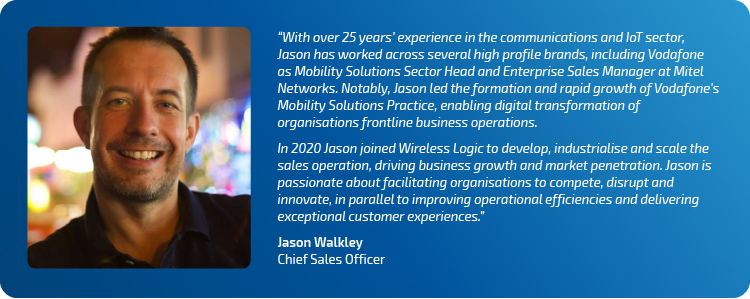The UK’s public switched telephone network (PSTN) switches off in 2025 in a move that affects more than just voice calls. PSTN provides connectivity for a range of IoT applications, meaning companies and device manufacturers must have a clear migration path to alternative networks.
As technologies move on, it is inevitable that older networks are phased out. Analogue technology, in the form of PSTN, has been the backbone of UK telecommunications but consumers and businesses will finally say goodbye to it in 2025.
This means change for voice calls but also the many IoT applications that currently rely on PSTN to exchange data. Traditionally, the availability, reliability and price point of PSTN has made it a first choice for many connections. So much so, that BT has identified around 200 use cases of its telephone lines. For the IoT, these include telemetry and alarm applications, payment terminals and door entry systems.

Companies addressing this change must plan their migration paths to ensure seamless transitions and uninterrupted service, but they can also do more. They can take the opportunity to enhance their applications thanks to the functionality that cellular can support. For example, if voice is a key component of a solution then this can still be supported using VoIP technology similar to that in a Zoom call or using Voice over LTE. VoLTE offers a superior HD voice call over 4G LTE networks but it needs to be supported in devices and within the network. Most but not all MNOs have this support but it is best to check with your provider.
How cellular provides a migration path for PSTN
A range of applications that currently rely on PSTN connections can switch to cellular networks to maintain connectivity before analogue fixed lines cease. Cellular technology has matured significantly since installations were connected on PSTN, making it an ideal replacement and alternative technology in many cases.
Mandatory emergency communication lines in lifts, used in the event of mechanical breakdown, have commonly connected over PSTN. Many companies in the lifts industry manage thousands of installations. As they prepare for PSTN switch off, they would benefit from aligning change-out plans with maintenance and inspection programmes to keep site visits, and costs, down. They will look for confidence that alternative connectivity can be provided at scale for uninterrupted service.

Other impacted applications can be found in the utilities industry, particularly in the water industry. Here, we find industrial control systems to monitor and manage infrastructure that connect via PSTN. Infrastructure is an important consideration for these applications because outstations are commonly located in remote regions and needs to support the communication of telemetry data to the centrally located telemetry hub. Cellular can provide a convenient migration path because it doesn’t require cabling to be laid. This also means it can be quick to deploy.
Switching device connectivity to cellular provides the ideal opportunity to build on existing capabilities. In utilities, this could include taking advantage of detailed analytics for additional device and application insights to enable predictive maintenance, for example. It can also mean proactive device monitoring, especially relevant for security applications, such as alarms, and smart building management solutions including remote site access. In the case of lifts, CCTV could supplement the emergency phone, providing security and a real-time visual of lift passengers during a medical emergency.
How to prepare for the PSTN switch off
Companies must plan for the impact the PSTN switch off will have on their operations. If they haven’t already developed an understanding of the effect, they must start now.

To begin, they should inventory their deployed IoT applications and assess how they connect. They should also consider the plans they have for new deployments. If these are slated to connect via PSTN they won’t be able to function without change beyond 2025.
They should then consider the connectivity requirements of the IoT devices and applications. A range of cellular networks provide alternative connectivity for suitable migration paths and they each have features that will make them more or less suitable according to requirements.
Finally, they should evaluate how they will manage their connected devices in-life. For large-scale deployments, a single, integrated platform for cellular connectivity provides a simple way to manage installations.
Companies with IoT deployments impacted by the PSTN switch-off should carefully assess their needs and plan for the changes they will need to make. Cellular connectivity provides a convenient migration path but choices will need to be made on network technology and change-out processes for a smooth transition. This change will be an opportunity for many to enhance their current and planned IoT deployments and by working with a trusted managed IoT connectivity provider, companies will have be able to make the right choices.
As a managed IoT connectivity platform provider, Wireless Logic can advise companies affected by the PSTN switch off. If you’d like to discuss how to migrate to a cellular network alternative for your IoT installations, please get in touch.



